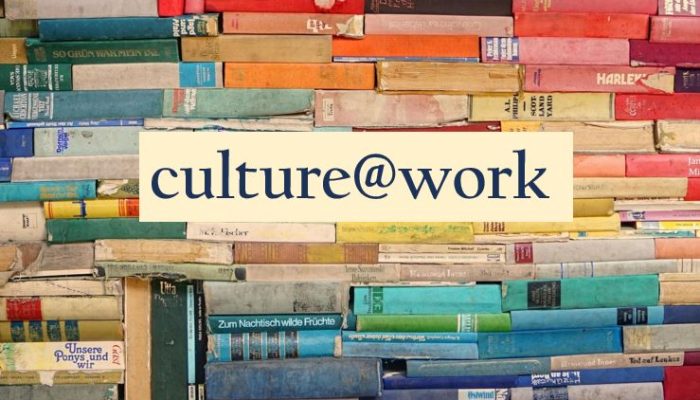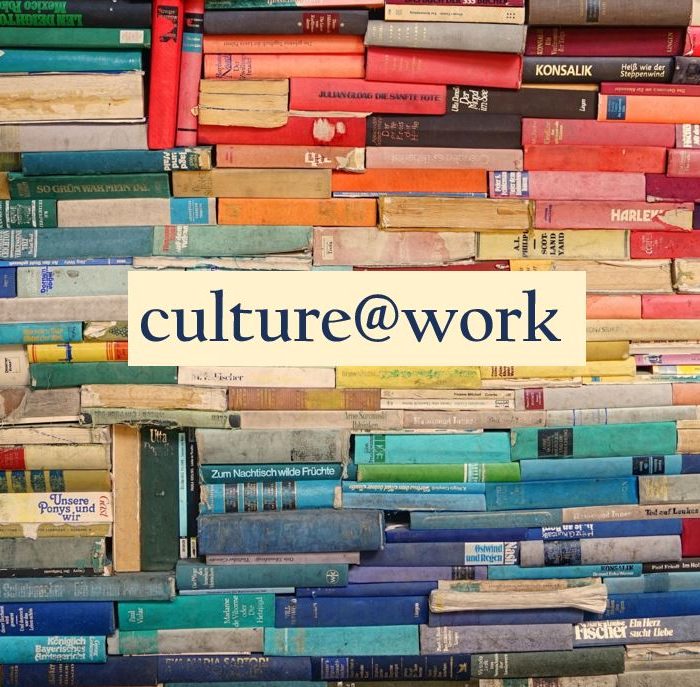Ling Lam is an assistant department head at the Toronto Reference Library.

Cultural diversity and inclusion in the workplace
Welcome to culture@work, brought to you by the OLA Cultural Diversity and Inclusion Task Force. This column showcases diversity in library work in Ontario by introducing Open Shelf readers to library staff from around the province. By highlighting the experiences of library workers, we hope readers will get to know more of their OLA colleagues and perhaps be inspired by, if not more informed about, issues of diversity in librarianship in Ontario, and perhaps beyond.

Name: Arvind Singh
Title: Former chair, Diversity & Inclusion Task Force at OLA
1. Where do you work?
At Hamilton Public Library (HPL) as an Information Clerk and as a Sunday Supervisor as of September 2018.
2. Tell me a little about yourself. Why have you chosen to work in Libraries?/How have you progressed in your field?
I decided to work in libraries due to mentors in the field who inspired me and also guided my career trajectory within librarianship. After graduating from library school, Yvonne Patch was the first mentor that I met. As Yvonne has been involved with OLA’s Mentor Match program for many years, she provided valuable advice and encouragement in guiding my career. She also happens to be my current manager at HPL and I still rely on her for guidance.
When I worked at Seguin Public Library as CEO/Chief Librarian, I was fortunate to be guided by John J. Flynn, the former chair of the Library Board there and a retired director of education. John always made time to provide advice and guidance—most importantly he provided a role model demonstrating leadership qualities. Over time, I have gained an appreciation for the importance of mentors and I deeply value having their guidance over my career.
3. Tell us about cultural diversity and inclusion, what do you think libraries can do to be more inclusive? Have you faced any barriers? Why do you think diversity is important for our library communities?
Cultural diversity is a reality that staff in libraries, as with other public institutions, need to reflect upon and integrate in both their conceptual understanding and practice. For those of us who work in libraries, we need to become reflective of the communities in which we serve at many levels from decisions involving personnel from hiring, retention and leadership to developing a collection reflective of diversity across cultural, racial, linguistic and religious identities.
An important part of engagement with diversity would also involve commitment to equity and inclusion, including recognition of power and privilege given to Euro-Canadian culture and the ways this may impede reflection of diversity in practice.
4. What continues to inspire you on your job/in your career?
The recognition of the importance of public service and the role that libraries play in creating informed, vital and equal citizens and communities through access to resources, technologies and knowledge. At a personal level, I am also inspired as a visible Sikh to challenge some of the roles and expectations of people surrounding libraries and librarianship in terms of who can serve and contribute as an employee and professional in the field. The cultural sector, including libraries, tend to be Eurocentric and while this poses certain barriers, it also allows for conversations and engagement.
5. What piece of advice would you give a diverse librarian beginning their career as well as those librarians in their mid career?
Libraries need you. While not all of them may recognize this need, your voice is important in helping to make libraries a welcoming public space for all members of the community. Many libraries also recognize the importance and value of having employees, teams and management from diverse background and you will be well-positioned to support libraries in the transition to equitable and inclusive public institutions.
6. What work do you think librarians in Ontario need to do to work towards positive social change?
Librarians need the ability to conceptually question their theory and practice from the lens of diversity and inclusion. As a recent example, the Truth and Reconciliation Commission of Canada has called for reconciliation in their 2015 report between Indigenous and non-Indigenous Canadians through recognition of the cultural genocide under assimilationist colonial policies such as residential schools and to work toward an equal partnership through reflection of Indigenous histories, perspectives, cultures and traditions in public institutions. Libraries need to ask how do libraries reflect Indigenous perspectives in their collection.
The OLA Cultural Diversity & Inclusion Task Force mandate is to initiate, advise and mobilize support for appropriate action plans related to issues of cultural diversity in libraries within Ontario including recruitment, advancement and retention of underrepresented groups in libraries.
